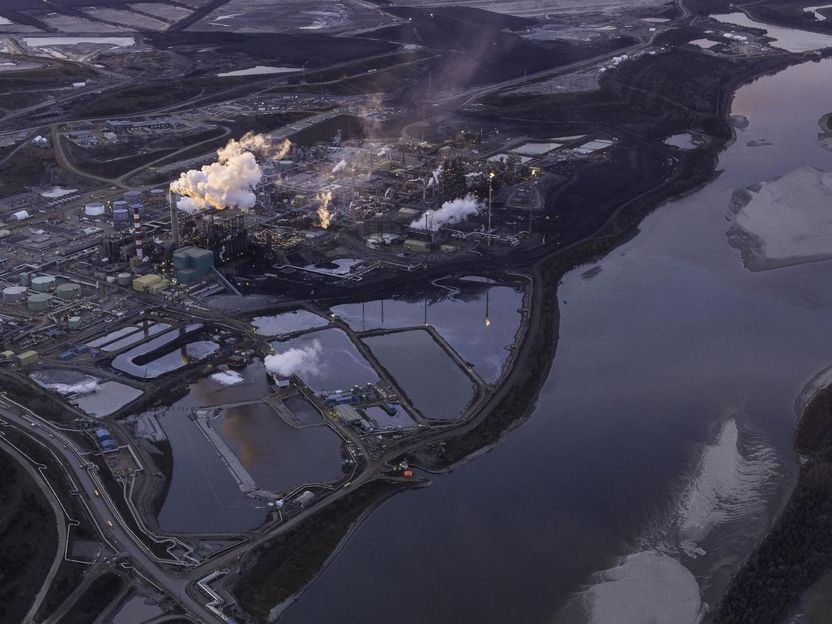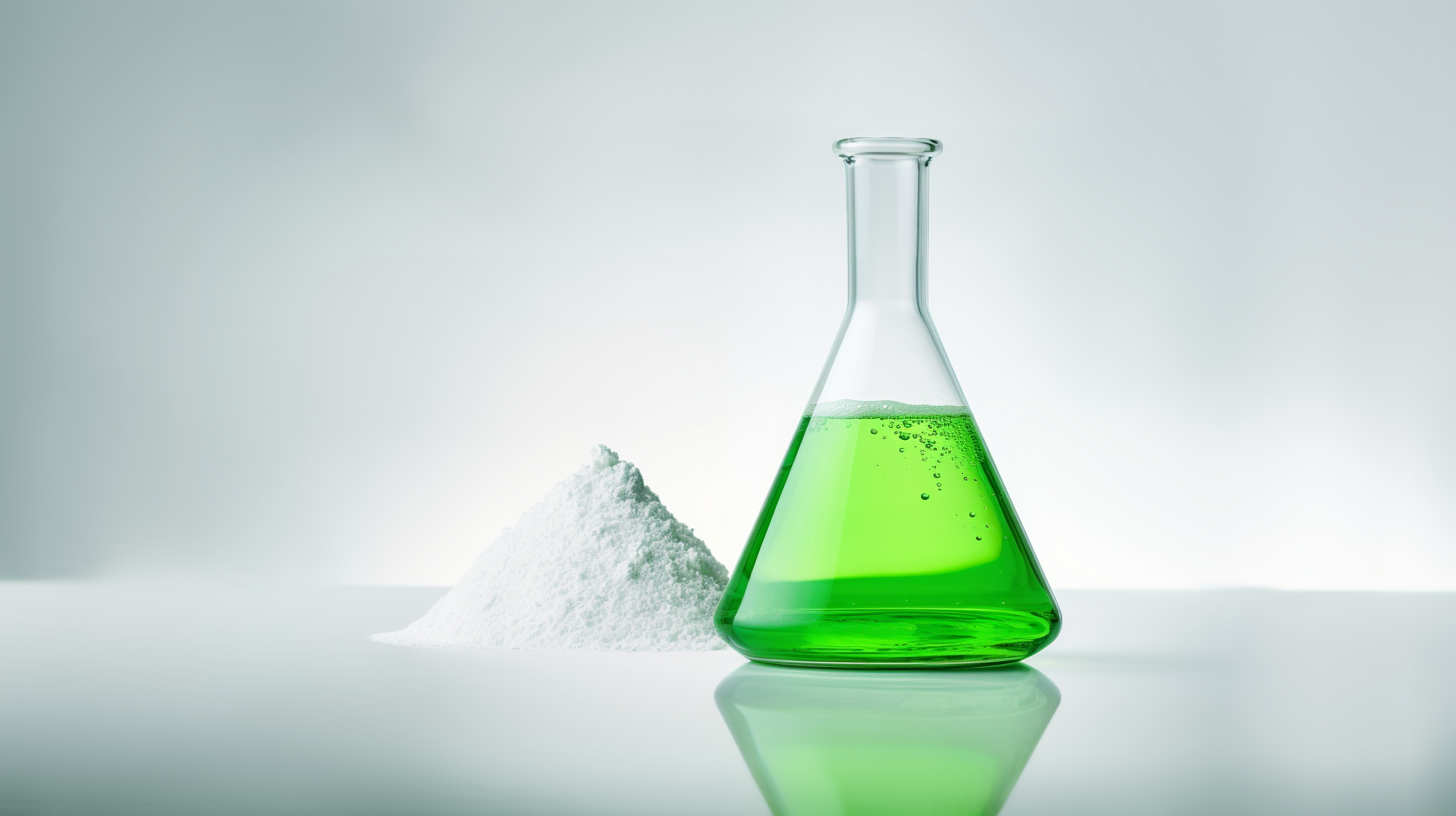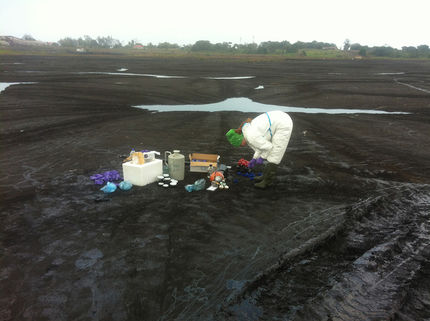Heavy-petroleum fuels raising vanadium emissions
Human emissions of the potentially harmful trace metal vanadium into Earth's atmosphere have spiked sharply since the start of the 21st century due in large part to industry's growing use of heavy oils, tar sands, bitumen and petroleum coke for energy, a new Duke University study finds.

Emissions rise from a tar sands mining and processing facility along the Athabasca River in northern Alberta, Canada.
Garth Lenz
"Human emissions of vanadium to the atmosphere now exceed those from all natural sources combined -- by a factor of 1.7," said William H. Schlesinger, James B. Duke Professor Emeritus of Biogeochemistry at Duke's Nicholas School of the Environment, who led the study.
"Less than two decades ago, the ratio of human to natural emissions was 0.59 to 1, or less than half the current level," Schlesinger said. "Our analysis suggests that much of this rapid rise can be traced to the increased use of unconventional heavy-petroleum fuels."
Vanadium is a trace metal found in many earth materials, including petroleum and coal. It is emitted as particulate matter when these materials are burned, and can also be released as accidental, or "fugitive," emissions during mining, extraction and processing.
Natural sources of vanadium emissions include volcanic eruptions and the weathering of rocks.
The health risks of exposure to airborne vanadium particles are not as well documented as those for other metallic airborne contaminants such as mercury or lead, but growing evidence suggests breathing vanadium-rich aerosols can impair respiratory functions and exacerbate conditions such as asthma and chronic obstructive pulmonary disease (COPD).
Oil and coke refineries are generally built in areas where residents don't have the political or economic clout to fight back, Schlesinger noted. For instance, one of North America's largest coke refineries is on the southeast side of Chicago. "We're still in the early phase of understanding the risks people living in these areas face,' he said, "but I suspect we'll see a growing focus on the issue as the use of heavy oils and petroleum coke continues to rise in coming years."
Emily M. Klein, professor of earth sciences at Duke's Nicholas School, and Avner Vengosh, professor of geochemistry and water quality at Duke's Nicholas School, conducted the new study with Schlesinger.
The new paper is the first to quantify the amount of inputs to the global vanadium cycle coming from all sources, natural and human.
"About 10 years ago, another team of researchers tried to do this but with much less data," Schlesinger said. "Our analysis builds on theirs by providing the first quantifiable numbers for the release of vanadium from unconventional heavy-petroleum fuels, and updating numbers for all other sources to put these human impacts into context.
"Seeing all these numbers together for the first time, the unescapable takeaway is that human impact on the vanadium cycle is greater than our well-publicized impacts on the movement of lead through the atmosphere or the release of mercury from coal," he said.
Original publication
Other news from the department science
Most read news
More news from our other portals
See the theme worlds for related content
Topic world Extraction
Extraction is a fundamental process in the chemical laboratory that enables specific components to be isolated and concentrated from a mixture. Whether it's extracting active ingredients from natural products, removing impurities from synthesis products, or preparing analytical samples, extraction is a key step in achieving precise and efficient results in chemical research and analysis.

Topic world Extraction
Extraction is a fundamental process in the chemical laboratory that enables specific components to be isolated and concentrated from a mixture. Whether it's extracting active ingredients from natural products, removing impurities from synthesis products, or preparing analytical samples, extraction is a key step in achieving precise and efficient results in chemical research and analysis.































































